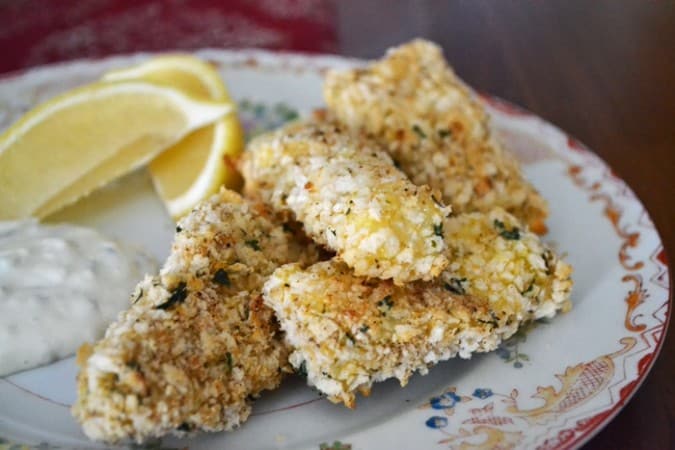Fish & Seafood
Homemade Fish Sticks
How to make homemade fish sticks – an easy and fun way to enjoy healthy fresh or frozen fish sticks at home.

Coffee By Design | Portland, Maine
Photo Credit : Katherine KeenanHow to make homemade fish sticks – an easy and fun way to enjoy healthy fresh or frozen fish sticks at home.

Coffee By Design | Portland, Maine
Photo Credit : Katherine Keenan